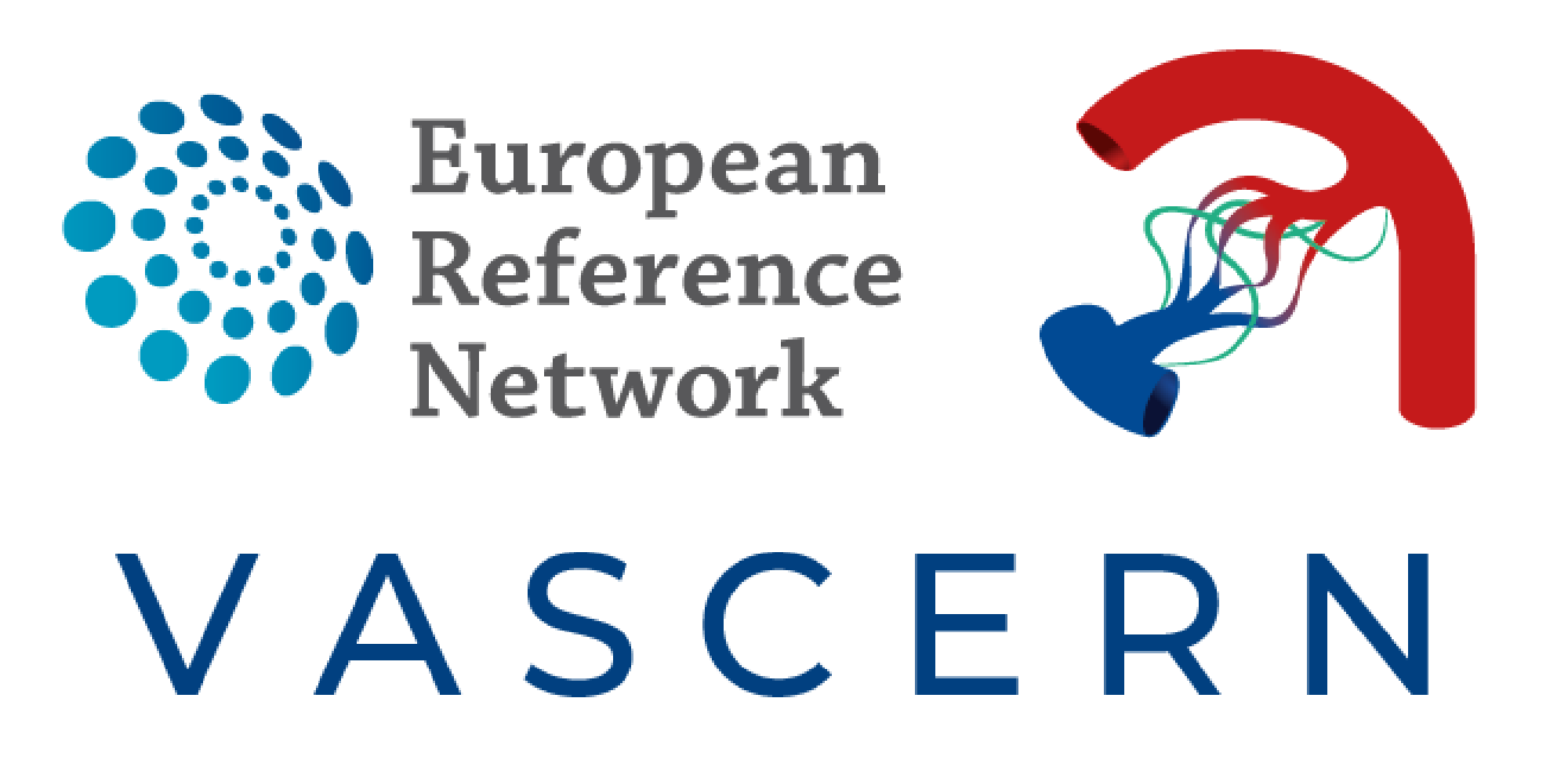

On May 24, 2025, a long-awaited milestone was reached for the global rare disease community. At the 78th World Health Assembly (WHA78), the WHA officially adopted the Resolution on Rare Diseases, bringing much-needed global recognition to the 300 million people around the world living with a rare disease.
This marks the first time rare diseases have been formally acknowledged as a global health priority by all WHO Member States. It’s a powerful signal of change—one that promises greater visibility, inclusion, and equity for individuals and families often left on the margins of healthcare systems.
A breakthrough moment for rare disease advocacy
Adopted at the culmination of WHA78, this resolution acknowledges rare diseases as a global public health priority. The adoption of the resolution was the result of years of dedicated advocacy from patients, caregivers, researchers, and health professionals around the world. More than 275 civil society organizations rallied behind the call, and 41 countries co-sponsored the resolution, showing unprecedented international support.
Special recognition goes to Egypt and Spain, who played a central role in championing the initiative and building momentum among Member States. Their leadership helped bring this important resolution to life.
Why is this resolution significant?
For too long, rare diseases have lacked the recognition and resources they deserve. As a result, people living with rare conditions often face delayed diagnoses, limited treatment options, and fragmented care.
By adopting this resolution, WHO is officially urging its Member States to:
- Recognize rare diseases as a public health priority
- Develop national rare disease strategies
- Improve access to diagnosis, care, and treatment
- Integrate rare diseases into universal health coverage plans
It’s a significant step toward ensuring that people with rare diseases are no longer overlooked in national and global health agendas.
A global effort with local impact
While this resolution is a global achievement, its success will ultimately be measured by the actions taken at national and regional levels. Countries are now encouraged to translate this commitment into concrete policies that make a real difference in people’s lives—through better healthcare services, training for health professionals, research funding, and social support systems.
What happens next?
The resolution opens the door for:
- More collaboration between governments, patient groups, and researchers
- Greater investment in rare disease data, research, and registries
- Stronger guidance and support from WHO on national policy development
It’s also a powerful tool for advocacy. Patient organizations can now use this global commitment to push for action in their own countries, making the case for stronger support and better care systems.
A step toward equity
The adoption of the WHO Resolution on Rare Diseases is a victory for hope, inclusion, and solidarity. It proves what’s possible when voices from around the world unite behind a common cause.
Now, the challenge is to turn this resolution into meaningful action. Because every person with a rare disease deserves timely diagnosis, proper care, and the chance to live a full, healthy life—no matter where they live.
Photo © WHO / Pierre Albouy

